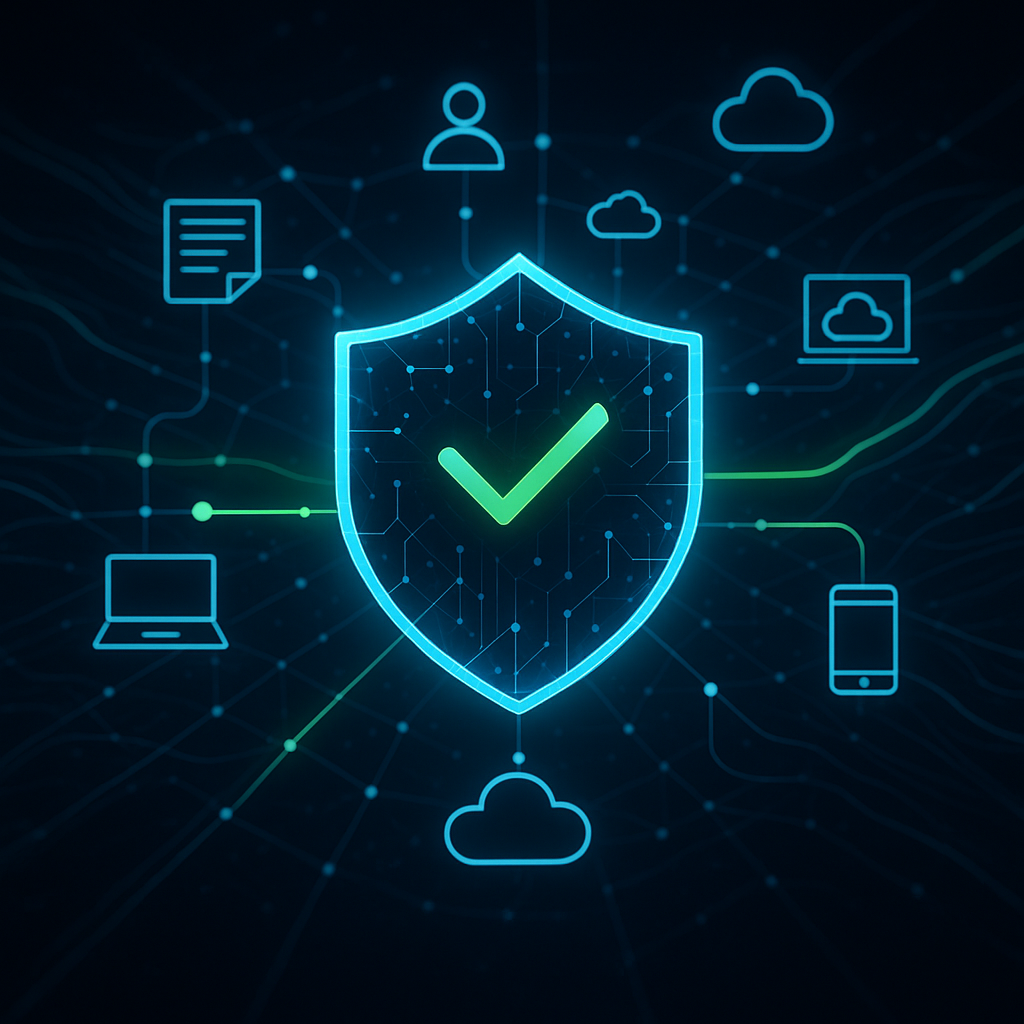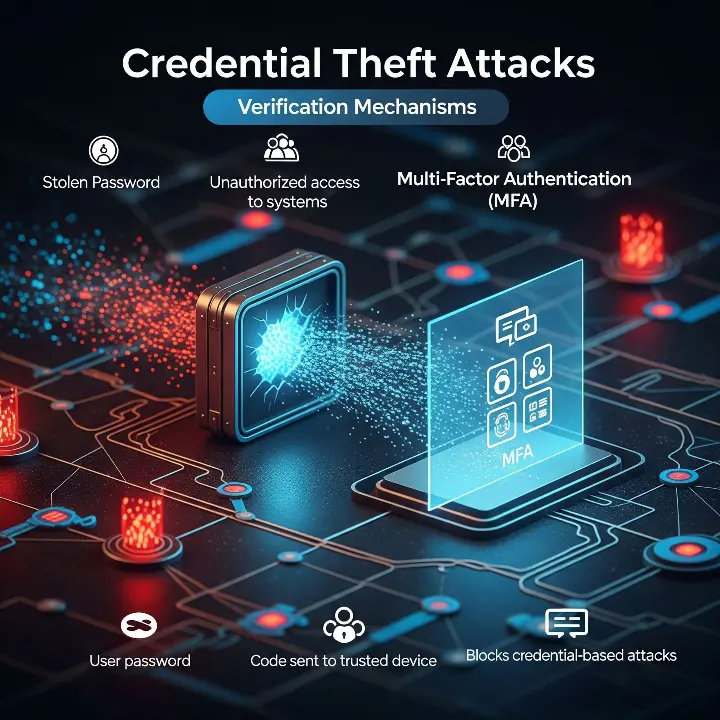Traditional security perimeters are no longer enough. You've likely heard the term "Zero Trust" or "Zero Trust Architecture (ZTA)" frequently, but what does it truly mean beyond the industry buzz? This post will demystify ZTA, exploring its core principles, tangible benefits, and why it's an essential cybersecurity strategy for any forward-thinking organization.
What is Zero Trust Architecture (ZTA)? Defining the Core Concept

Zero Trust Architecture is not a single product or a quick fix; it's a comprehensive cybersecurity strategy and framework built on the core philosophy: "Never trust, always verify." This means that no user or application, whether inside or outside your network, should be trusted by default. Instead, ZTA demands strict identity verification and explicit permission for every access request to your organization's resources.
This approach marks a significant shift from traditional models that often trusted users and devices once they were inside the network perimeter.
The Three Core Pillars of Zero Trust Explained
A robust Zero Trust strategy is typically built upon three fundamental principles:
1. Verify Explicitly
This principle mandates that authentication and authorization must occur for every access attempt, based on all available data points. This includes user identity, location, device health, the resource being accessed, and current threat intelligence. It's about continuously challenging access—not just at the initial point of entry.
2. Use Least Privilege Access
Once a user or application is verified, they should only be granted the minimum level of access necessary to perform their specific task or function. This involves just-in-time and just-enough-access (JIT/JEA), data segmentation, and network microsegmentation to limit the potential "blast radius" if a compromise does occur.
3. Assume Breach
Zero Trust operates under the assumption that breaches are inevitable—or may have already occurred. This proactive stance means designing your security to minimize the impact of a breach. Key tactics include segmenting networks, encrypting data end-to-end, and continuously monitoring for malicious activity to detect and respond to threats quickly.
Why Traditional Security Models Fall Short in the Modern Era

For years, organizations relied on a "castle-and-moat" approach: strong perimeter defenses to keep threats out, with an assumption of trust for anything inside. However, the rise of cloud computing, remote workforces, sophisticated cyberattacks, and an ever-expanding threat landscape have rendered this model insufficient.
Traditional models struggle with:
- Insider threats: Malicious or compromised users already within the network.
- Lateral movement: Attackers moving freely once inside the perimeter.
- Cloud and mobile access: Resources and users are often outside the traditional network boundary.
Zero Trust addresses these challenges by applying consistent security controls regardless of where the user or resource is located.
Tangible Benefits of Adopting a Zero Trust Strategy

Implementing a Zero Trust Architecture offers significant advantages for organizations looking to bolster their security posture:
- Reduced Attack Surface: By limiting access and segmenting resources, you significantly decrease potential entry points for attackers.
- Improved Data Protection: Enhanced verification and access controls help safeguard sensitive data from unauthorized access and exfiltration.
- Enhanced Compliance: ZTA principles align well with many regulatory requirements (e.g., GDPR, HIPAA) by enforcing strict data access and security policies.
- Secure Support for Remote Work & Cloud: Provides a robust security framework for users and resources, irrespective of their location.
- Faster Threat Detection and Response: Continuous monitoring and verification help identify and isolate threats more quickly.
- Increased Visibility: Gain deeper insights into who is accessing what resources, when, and how.
Transitioning to Zero Trust: A Journey, Not a Destination

It's important to understand that adopting Zero Trust is an iterative process and a strategic journey, not an overnight transformation. It requires careful planning, phased implementation, and continuous refinement. Organizations can start by identifying critical assets and understanding their external attack surface – a foundational step where solutions like TRaViS Attack Surface Management (ASM) provide invaluable insights by discovering digital assets and helping map data flows. From there, ZTA principles can be gradually implemented across the environment.
Start Your Zero Trust Journey for Long-Term Resilience
.png)
The critical importance of starting your Zero Trust journey cannot be overstated. In an era of persistent cyber threats, ZTA provides a resilient and adaptive security model to protect your organization's valuable assets. While the path to full ZTA implementation takes commitment, the enhanced security and operational benefits are well worth the effort.
TRaViS ASM provides the foundational visibility into your digital assets and potential exposures – a critical first step in any Zero Trust initiative. By continuously discovering and assessing your external-facing assets, TRaViS ASM empowers you to make informed decisions as you build and refine your Zero Trust architecture.
